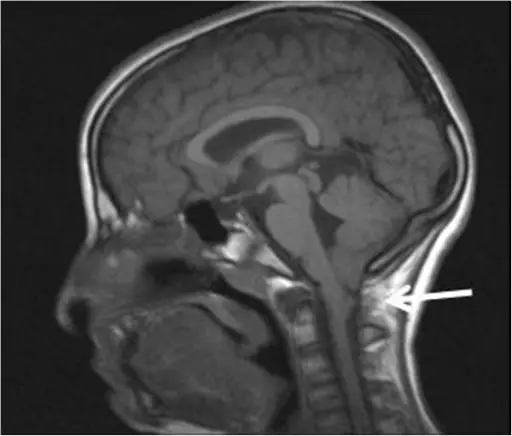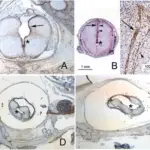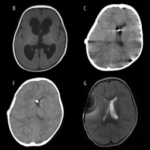Arnold-Chiari malformation is a group of deformities of the posterior fossa and cerebellum, pons, and medulla oblongata.
What is the Pathology of Arnold-Chiari Malformation?
Etiology: The cause of Arnold Chiari malformation is primary or secondary. Primary cause includes primary congenital hypoplasia. Secondary causes include acquired morphologic changes, premature closure of sutures, calvarial dysplasia. Arnold-Chiari malformation can also be genetic.
Genes involved: Mutations on chromosomes 1 and 22
Pathogenesis: The sequence of events that lead to Arnold-Chiari malformation is abnormal brain development.
How does Arnold-Chiari Malformation Present?
Patients with Arnold Chiari malformation typically are females, and it most commonly it is congenital. The symptoms, features, and clinical findings associated with Arnold Chiari malformation include pain, muscle weakness, nystagmus, and fatigue.
How is Arnold Chiari Malformation Diagnosed?
Arnold Chiari malformation is diagnosed by radiographic imaging which may include ultrasound, CT scan, or MRI.
How is Arnold Chiari Malformation Treated?
Arnold Chiari malformation is treated with surgery.
What is the Prognosis of Arnold Chiari Malformation?
The prognosis of Arnold Chiari malformation is poor and mortality can be high in certain subtypes.



